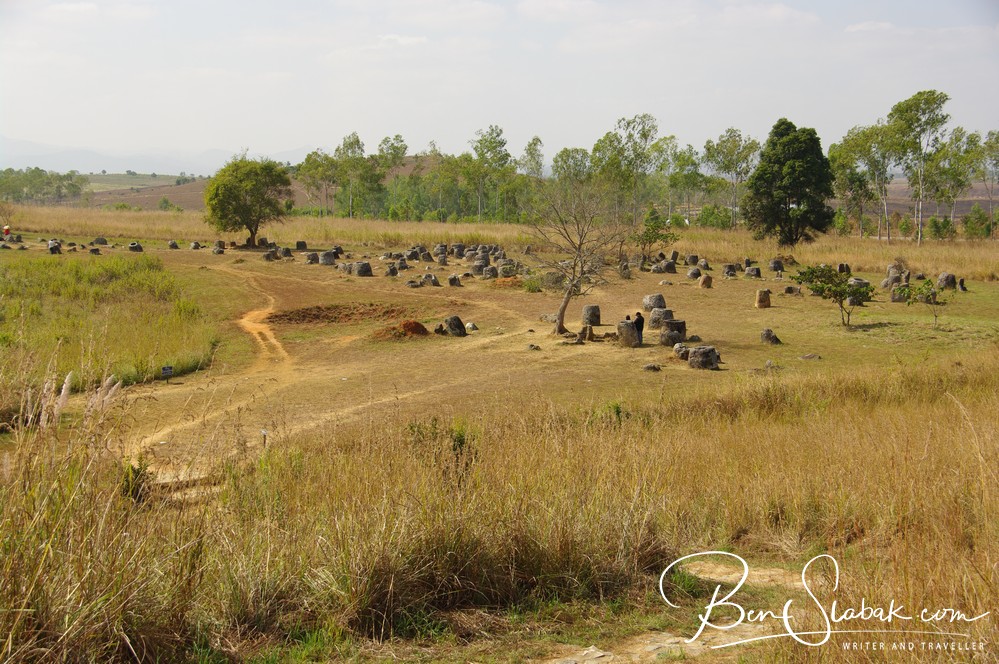
Date
Whilst dining recently in a Laotian restaurant in Sydney, snippets of memories of my trip to Laos back in 2010 came popping into my mind. Amongst the many beautiful places I visited, it’s one particular day trip that stood out.
A very early start to the day, about 4:30 am, saw me boarding a van that I had booked the night before. Destination: a mysterious archaeological site, approximately 270km south-east from Luang Prabang, a town in north-central Laos. The driver initially thought I was having a laugh about reaching the so-called “Plain of Jars” and be back at Luang Prabang the same day. Looking at the map, it didn’t seem unachievable. However, it was only a short time into our trip that his concerns proved valid.

A very difficult terrain was ahead of us across lush mountains where we averaged perhaps 30 kilometres per hour for a large part. The extremely windy and bumpy roads made for a queasy journey, but the wonderful scenery certainly helped distract from nausea that had started building up. If you are prone to car sickness, then I would highly recommend that you plan ahead and stock up on motion sickness tablets.
It was indeed some seven hours before we reached the so-called “Site 1”, and was it a fabulous sight. Over 330 stone jars, the oldest which date back some 1500-2000 years, littered the landscape before me.

Site 1 happens to be the most popular with visitors and is the most investigated one with its close proximity to the town of Phonsavan. There are, however, approximately 90 sites identified thus far, with thousands of giant jars scattered across the valleys and plains of the Xiangkhoang Plateau.
Most jars are made of sandstone, with only a few having a stone lid. They vary in size and height, with the largest ones reaching up to three metres. According to a local legend, giants once inhabiting this land used the jars to store wine or beer. Recent archeological research conducted by the Laos government and Australian archaeologists, the largest undertaking since the 1930s, has produced results that leave little doubt as to the purpose of these megalithic objects. The evidence by way of grave goods and human remains suggests that these jars were used for human burial purposes.

The plateau was heavily bombed between 1964 and 1973 by the US forces whilst battling the North Vietnamese forces. Only a small number of sites, including the popular sites 1, 2, and 3 have been cleared of unexploded bombs, however, there are many millions of bombs that did not explode and remain a threat to the local population to this date.


I managed to visit sites one, two and three (more photos from all three in the gallery below), and with daylight waning, we made our way back to Luang Prabang. It was a long day but being presented with a rare opportunity to visit a site as mysterious as the Plain of Jars, it was one I wasn’t not going to take advantage of. Pulling this off in a single day was ambitious, but certainly worth it (despite the nausea-inducing drive and its consequences).



